Gary Kochenberger
Efficient QUBO transformation for Higher Degree Pseudo Boolean Functions
Jul 24, 2021
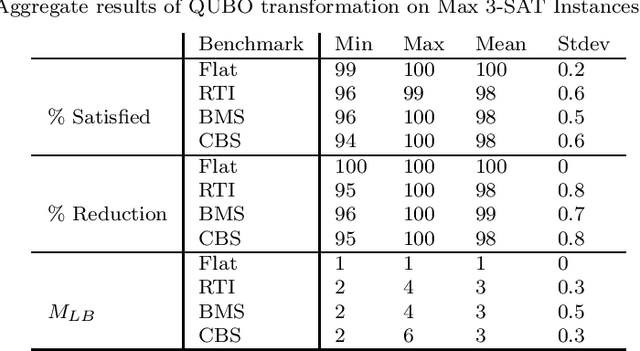
Abstract:Quadratic Unconstrained Binary Optimization (QUBO) is recognized as a unifying framework for modeling a wide range of problems. Problems can be solved with commercial solvers customized for solving QUBO and since QUBO have degree two, it is useful to have a method for transforming higher degree pseudo-Boolean problems to QUBO format. The standard transformation approach requires additional auxiliary variables supported by penalty terms for each higher degree term. This paper improves on the existing cubic-to-quadratic transformation approach by minimizing the number of additional variables as well as penalty coefficient. Extensive experimental testing on Max 3-SAT modeled as QUBO shows a near 100% reduction in the subproblem size used for minimization of the number of auxiliary variables.
Robust Optimization of Unconstrained Binary Quadratic Problems
Sep 21, 2017



Abstract:In this paper we focus on the unconstrained binary quadratic optimization model, maximize x^t Qx, x binary, and consider the problem of identifying optimal solutions that are robust with respect to perturbations in the Q matrix.. We are motivated to find robust, or stable, solutions because of the uncertainty inherent in the big data origins of Q and limitations in computer numerical precision, particularly in a new class of quantum annealing computers. Experimental design techniques are used to generate a diverse subset of possible scenarios, from which robust solutions are identified. An illustrative example with practical application to business decision making is examined. The approach presented also generates a surface response equation which is used to estimate upper bounds in constant time for Q instantiations within the scenario extremes. In addition, a theoretical framework for the robustness of individual x_i variables is considered by examining the range of Q values over which the x_i are predetermined.
Logical and Inequality Implications for Reducing the Size and Complexity of Quadratic Unconstrained Binary Optimization Problems
May 26, 2017
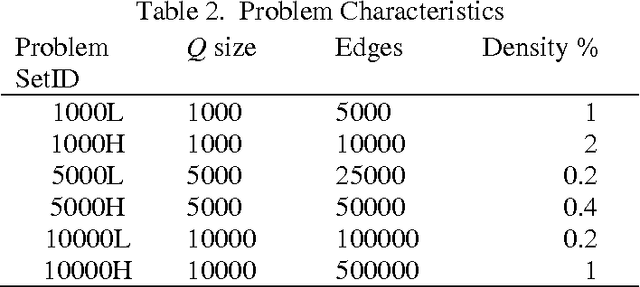

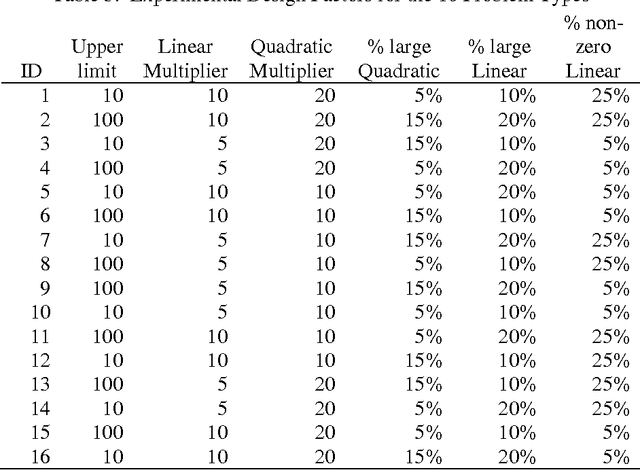
Abstract:The quadratic unconstrained binary optimization (QUBO) problem arises in diverse optimization applications ranging from Ising spin problems to classical problems in graph theory and binary discrete optimization. The use of preprocessing to transform the graph representing the QUBO problem into a smaller equivalent graph is important for improving solution quality and time for both exact and metaheuristic algorithms and is a step towards mapping large scale QUBO to hardware graphs used in quantum annealing computers. In an earlier paper (Lewis and Glover, 2016) a set of rules was introduced that achieved significant QUBO reductions as verified through computational testing. Here this work is extended with additional rules that provide further reductions that succeed in exactly solving 10% of the benchmark QUBO problems. An algorithm and associated data structures to efficiently implement the entire set of rules is detailed and computational experiments are reported that demonstrate their efficacy.
Integrating tabu search and VLSN search to develop enhanced algorithms: A case study using bipartite boolean quadratic programs
May 24, 2013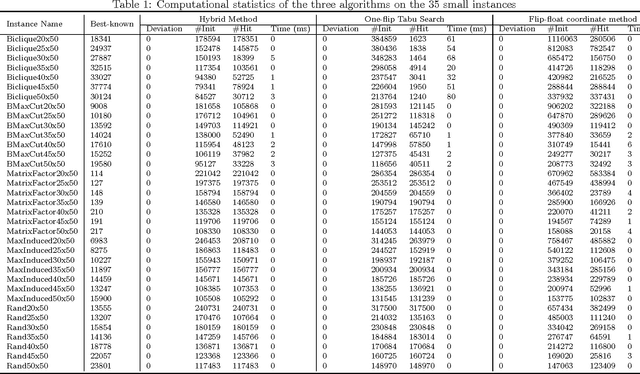
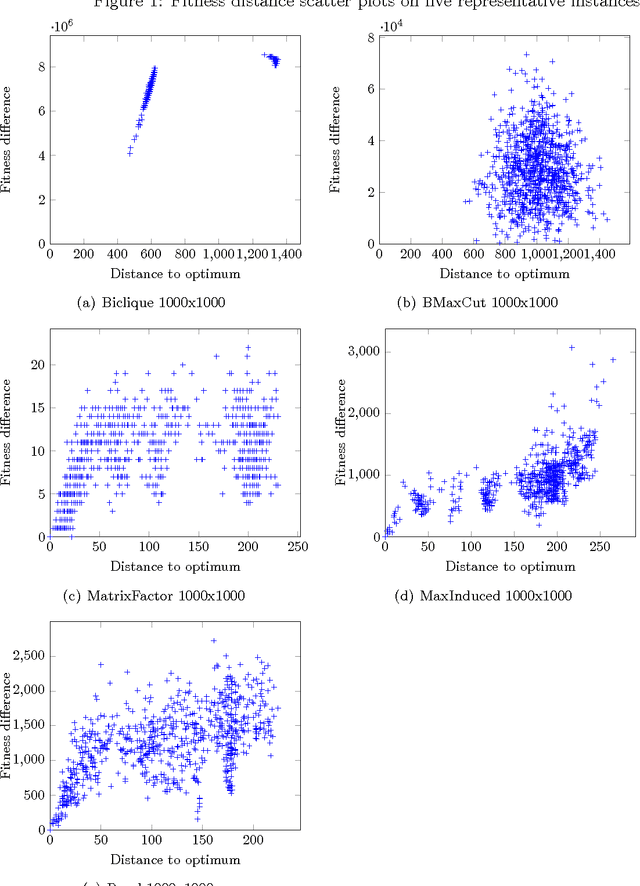
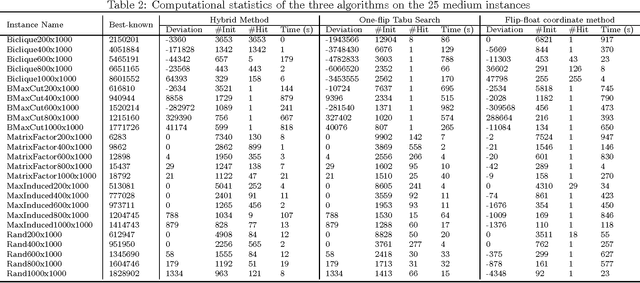
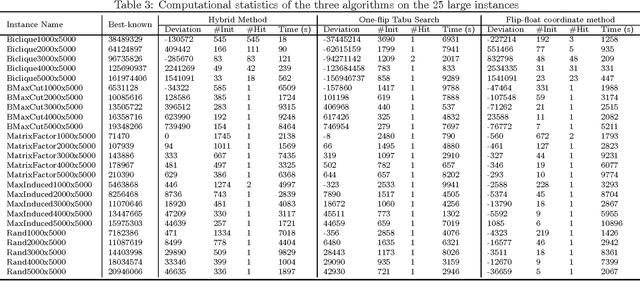
Abstract:The bipartite boolean quadratic programming problem (BBQP) is a generalization of the well studied boolean quadratic programming problem. The model has a variety of real life applications; however, empirical studies of the model are not available in the literature, except in a few isolated instances. In this paper, we develop efficient heuristic algorithms based on tabu search, very large scale neighborhood (VLSN) search, and a hybrid algorithm that integrates the two. The computational study establishes that effective integration of simple tabu search with VLSN search results in superior outcomes, and suggests the value of such an integration in other settings. Complexity analysis and implementation details are provided along with conclusions drawn from experimental analysis. In addition, we obtain solutions better than the best previously known for almost all medium and large size benchmark instances.
 Add to Chrome
Add to Chrome Add to Firefox
Add to Firefox Add to Edge
Add to Edge